What are Midges?
What are Midges?
Taxonomy
Midges are part of the order Diptera, which is the umbrella encompassing a massive variety of fly species, making them true flies. Within this order, they are part of a particular family called Chironomidae, which consists of over 5,000 different species. These species are divided into different genus’ that further differentiate the midges based on similarities. 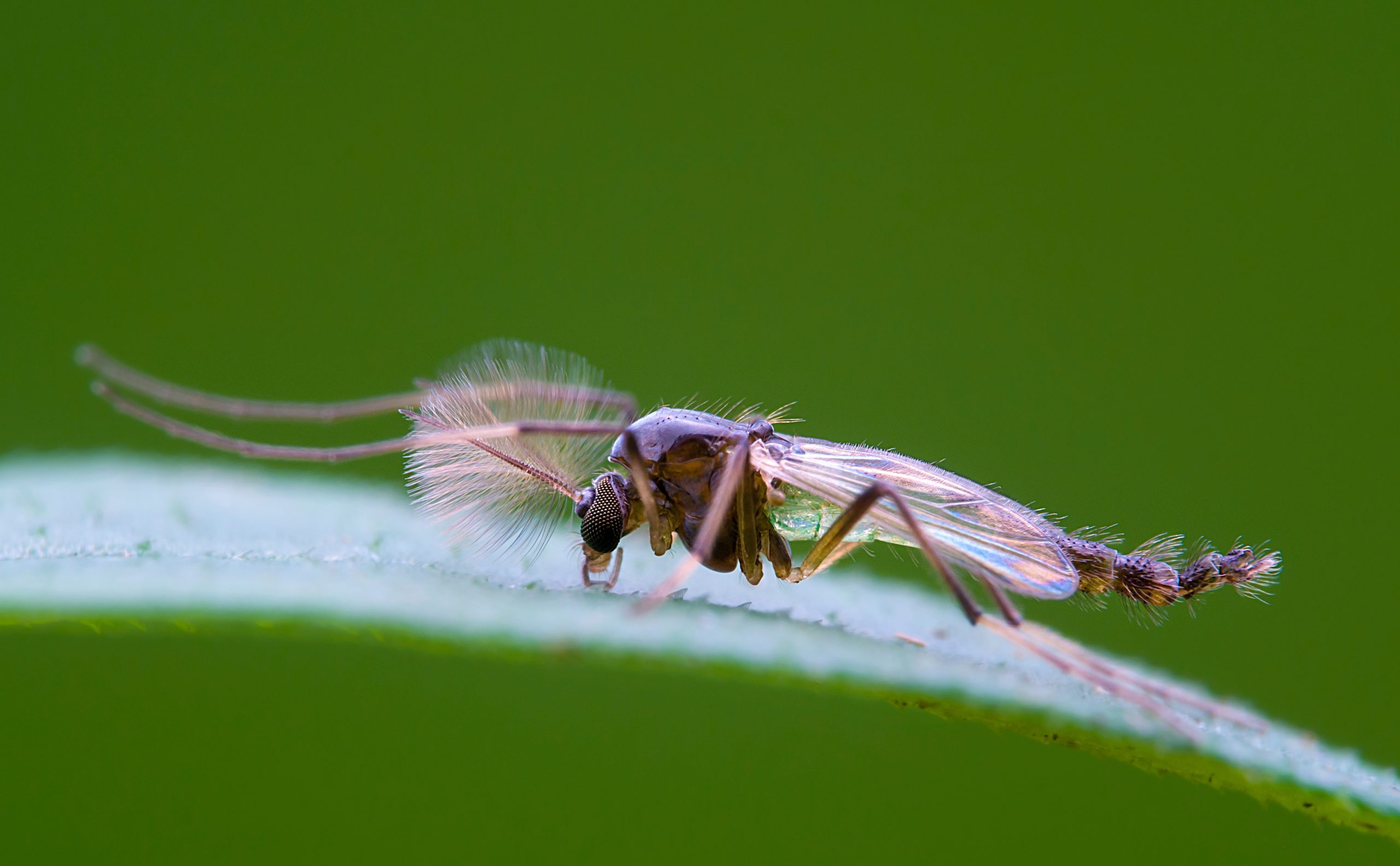
Appearance and Life Cycles
While the appearance of midges can vary from species to species, they are generally very similar looking. They pass through 4 key life stages and resemble one another during each of the stages. Eggs: The eggs of midges can vary somewhat in shape though most average about 0.25 mm in length and are oblong. When laid, the eggs are white, but they turn brownish/black with time. Larvae: Like most larvae, the adolescent midges appear wormlike and are rather tiny, averaging between 2 to 5 mm in length. They pass through 4 instars (molting stages of larvae) as they grow and are a creamy white or reddish color. Pupae: This stage lasts only 2 to 3 days and involves the final transition from the larval stage to adulthood. The pupae are typically brownish in color and are about 1 to 3 mm long. Adults: As true flies, midges have one pair of wings, 6 legs, and a pair of antennae. They tend to resemble very tiny mosquitos but, unlike mosquitos, they lack scales on their wings and extend their front set of legs forward while at rest. 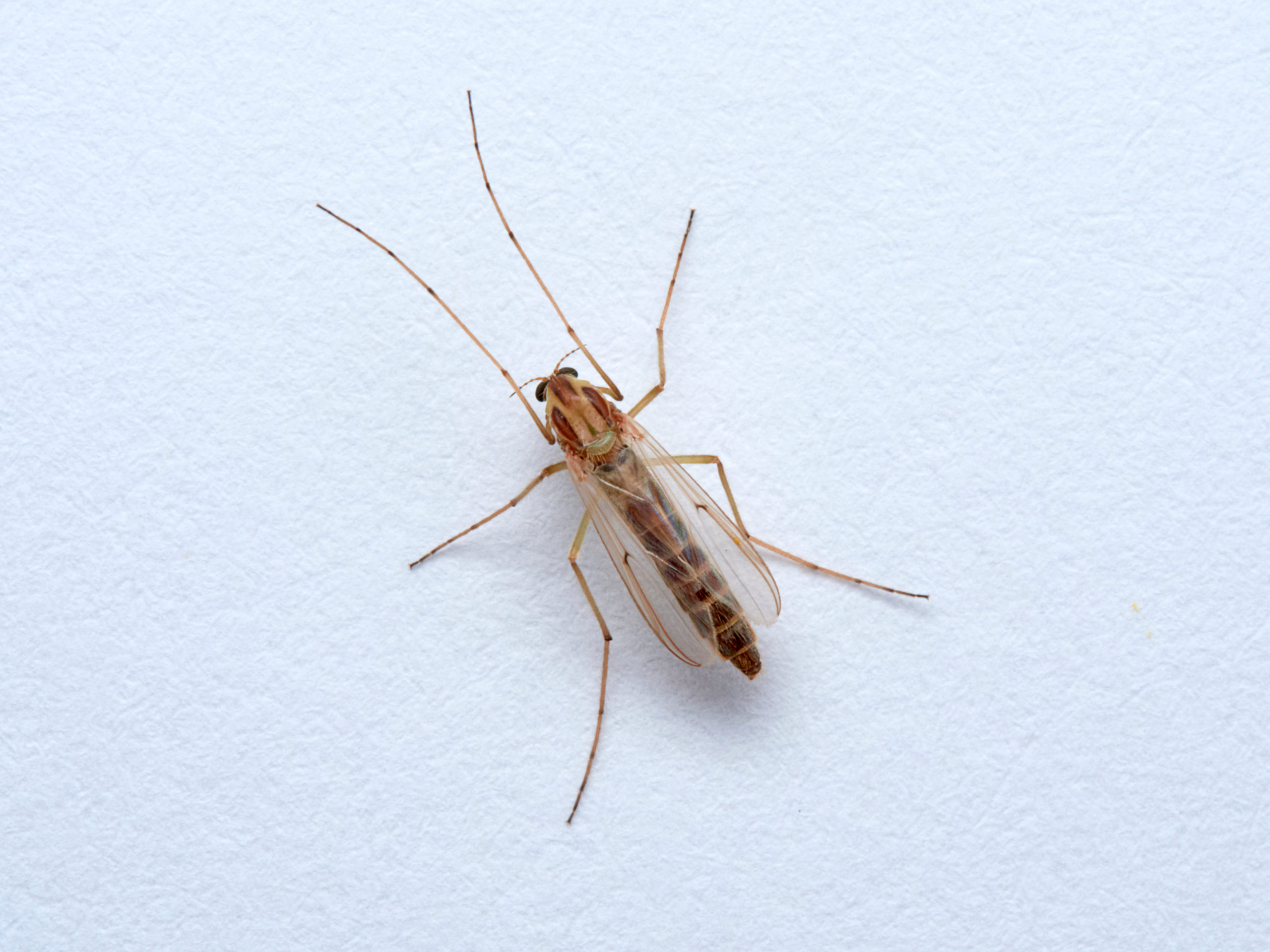
Habitats
Midges are primarily outdoor pests infamous for bothering hikers, fishers, campers, gardeners, hunters, and others who engage in outdoor activities. The exact habitats of midges depend primarily on the particular genus within the Chironomidae family that they belong to. For example, midges in the genus Culicoides can be found worldwide, while those in the genus Leptoconops are exclusively found in tropical areas, subtropical areas, and the Caribbean. Overall, however, midges require moisture and are likely to inhabit marshy areas, areas around lakes and rivers, etc. 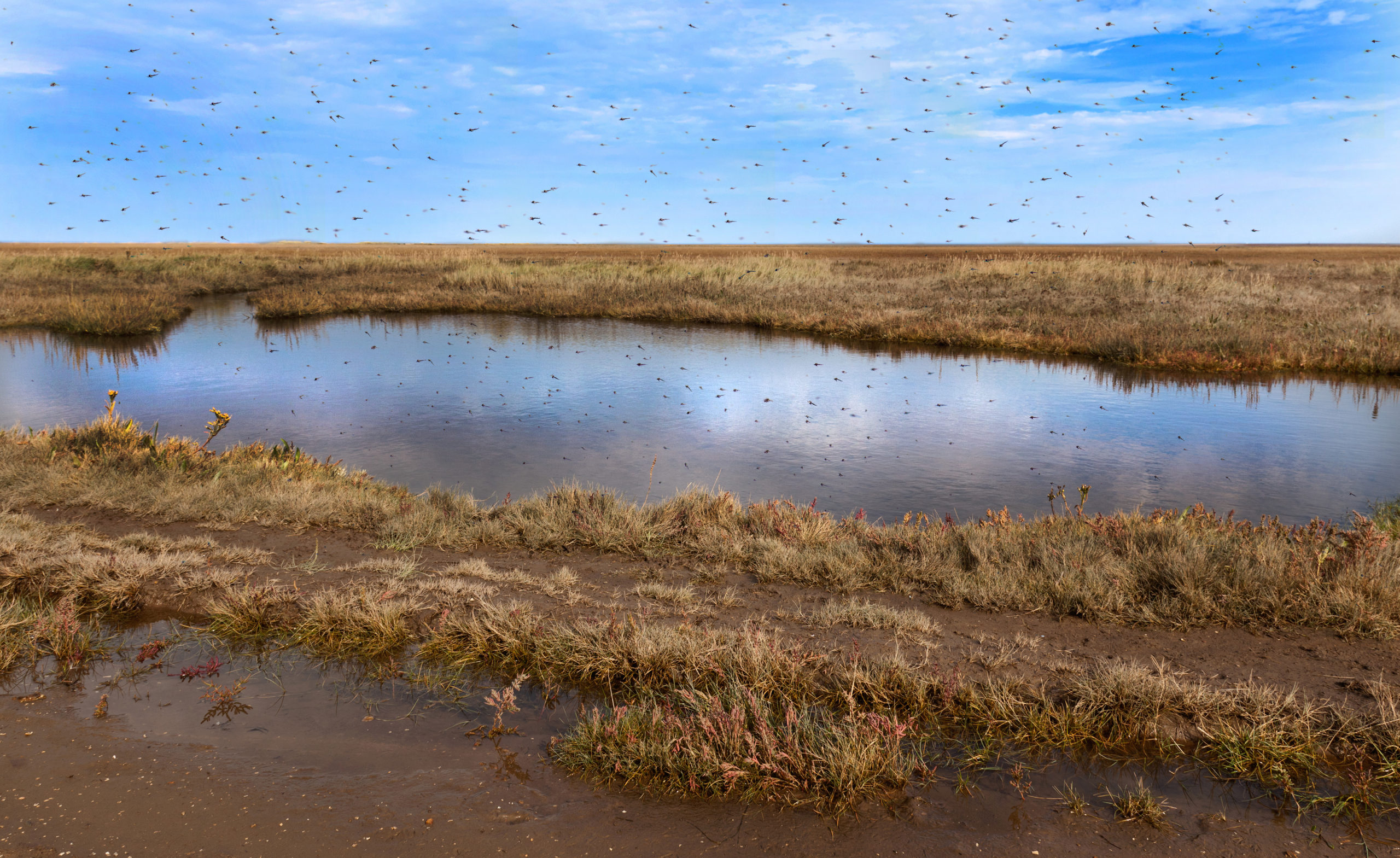
Are Midges Dangerous?
Some midges are completely harmless and are nothing more than a nuisance as they fly around. Others, however, are notorious for biting and, because they typically travel in clusters, the bites can quickly be overwhelming for their victims. Luckily, while annoying and very itchy, these bites are not considered dangerous and there is currently no evidence suggesting that midges carry and pass human diseases in the United States. Instead, the bites often illicit a minor allergic response similar to that of mosquitos, leaving behind itchy, burning, red marks. 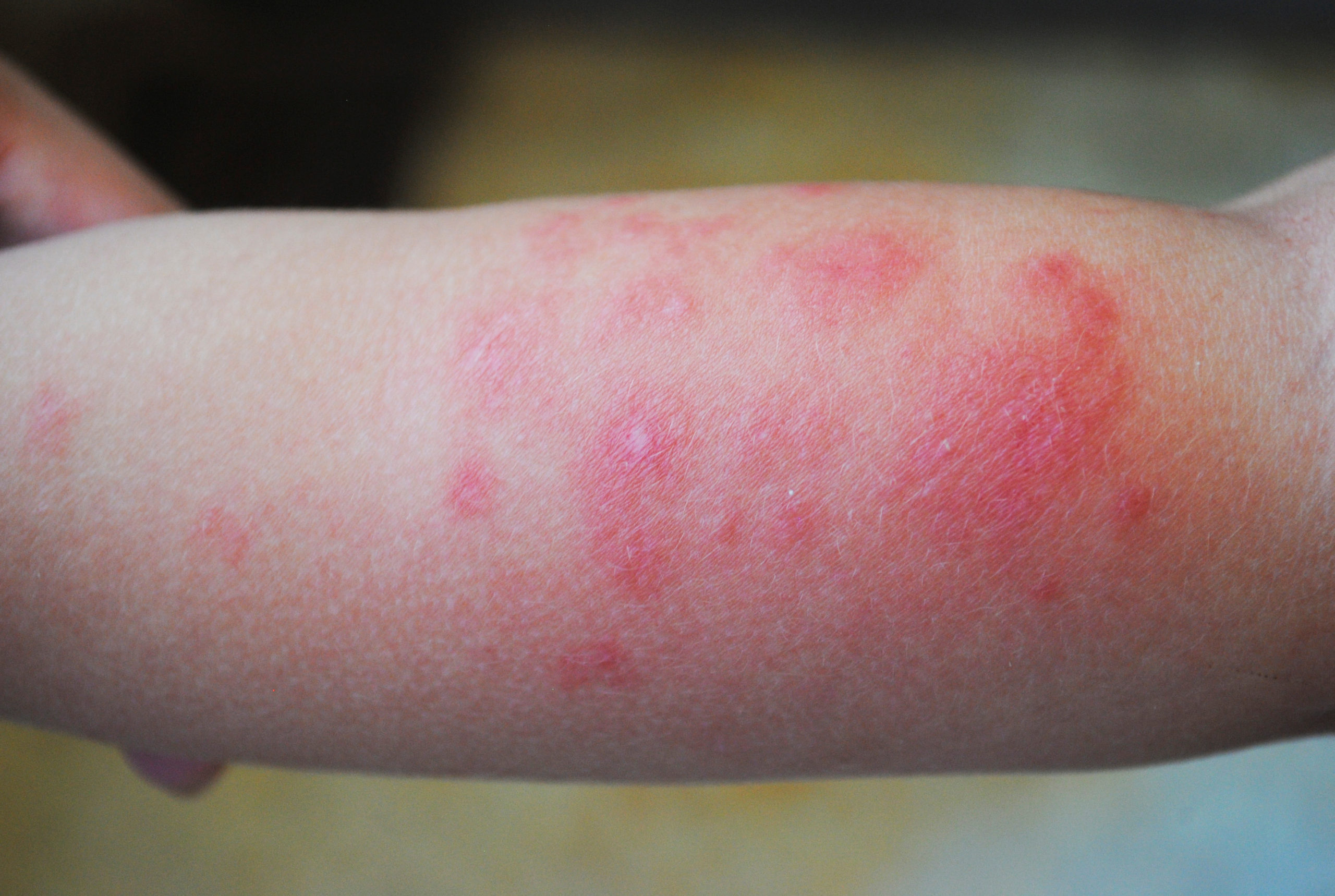
Midges and Gnats
While people often consider gnats as their own category of flies, the word ‘gnat’ is actually a colloquial term used to describe a number of different species of flies. These flies are characterized by their thin limbs and very tiny stature, which is why midges are often referred to as “gnats.” Some other terms that are used to describe midges include: no-see-ums, punkies, and sand flies. 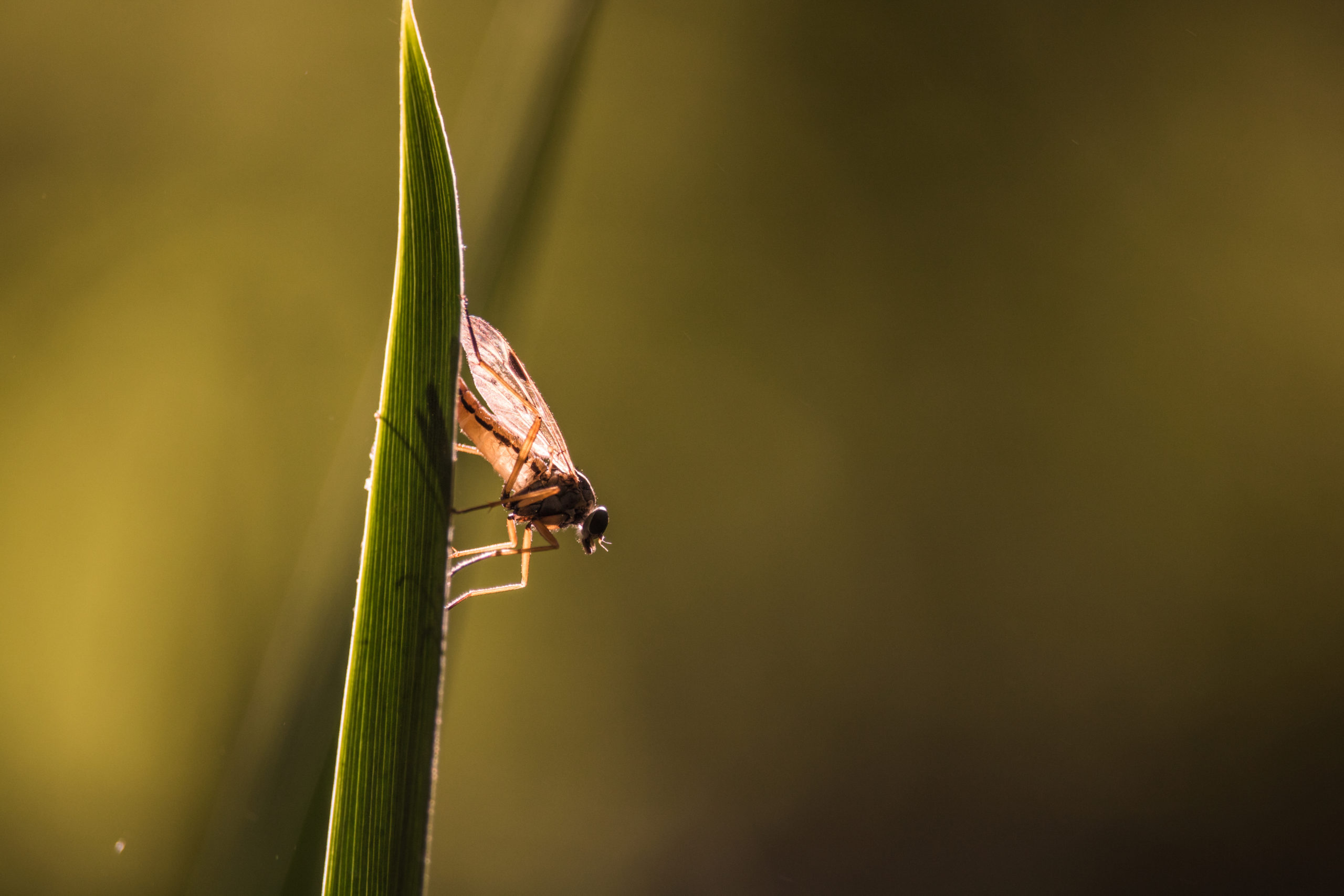
Citations
Connelly, R. (2005) Biting Midges – Culicoides spp., The University of Florida Department of Entomology and Nematology. The Florida Department of Agriculture and Consumer Services. Available at: https://entnemdept.ufl.edu/creatures/aquatic/biting_midges.htm (Accessed: November 1, 2021). Gnat (no date) Amateur Entomologists’ Society (AES). Available at: https://www.amentsoc.org/insects/glossary/terms/gnat/ (Accessed: June 24, 2021). Hill, C. and MacDonald, J. (no date) Insects and ticks > biting midges, Purdue University Department of Entomology. Available at: https://extension.entm.purdue.edu/publichealth/insects/bitingmidge.html (Accessed: November 1, 2021). Midge (no date) Amateur Entomologists’ Society (AES). Available at: https://www.amentsoc.org/insects/glossary/terms/midge/ (Accessed: November 1, 2021). Midges (no date) Missouri Department of Conservation. Available at: https://mdc.mo.gov/discover-nature/field-guide/midges (Accessed: November 1, 2021). Townsend, L. (1997) Midges and Gnats, The University of Kentucky College of Agriculture, Food, and Environment Department of Agriculture. Available at: https://entomology.ca.uky.edu/ef632 (Accessed: June 24, 2021). What are Gnats? Are Gnats Flies? (2021) Ask an Entomologist. Available at: https://askentomologists.com/2021/02/10/gnats/ (Accessed: June 24, 2021).
Request a Free Quote Today
(We do not share your data with anybody, and only use it for its intended purpose)
